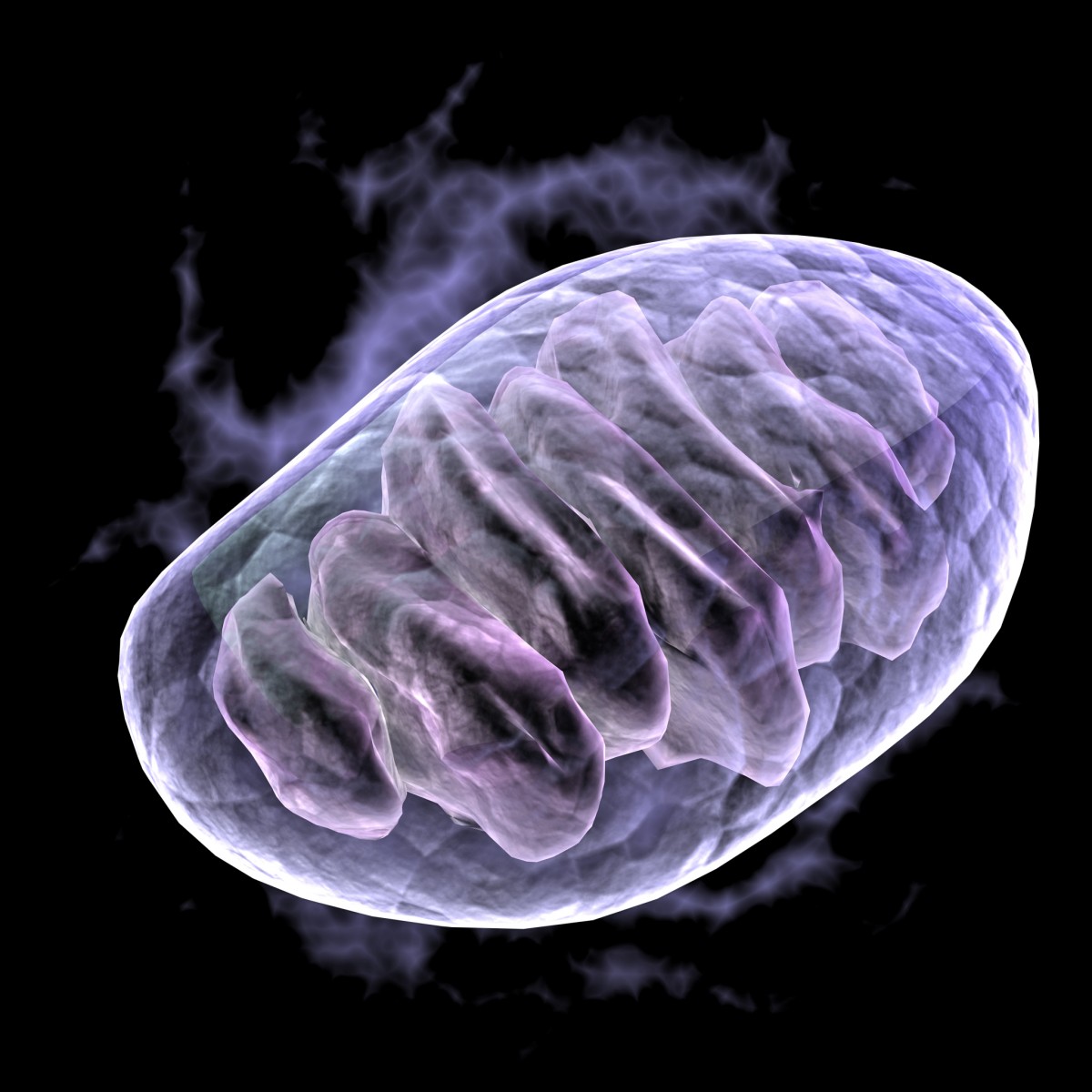High Lactate Levels in MS Patients Tied to Disease Progression, Mitochondrial Dysfunction
Written by |

Scientists in recent years have wondered whether a link exists between high lactate levels resulting from mitochondrial dysfunction and multiple sclerosis (MS) progression. Now researchers in Italy showed that lactate, a metabolic byproduct, is indeed increased in the cerebrospinal fluid of MS patients and may be a disease driver.
Mitochondria are the body’s energy factories, converting nutrients into energy with the help of oxygen. When mitochondrial function in brain neurons is disrupted, these powerhouses produce excess levels of lactate, normally only used to meet neuronal energy demands. (Neurons are believed to use lactate, and not glucose, as their primary source of energy.)
Earlier studies investigating lactate in MS patients reported contradictory findings, with data revealing increased, decreased, or unchanged levels of lactate depending on the study at hand. Researchers from the University of Rome, Tor Vergata, Italy, argued that these studies were either too small or explored the issue in too widely diverse groups of patients to be definitive.
Their study, “Cerebrospinal fluid lactate is associated with multiple sclerosis disease progression,” measured lactate, along with tau protein and neurofilament light, two other markers of damage to myelinated neurons in patients with relapsing-remitting MS (RRMS). The study included 118 patients, followed for an average of five years, and 157 controls.
Findings, published in the Journal of Neuroinflammation, showed that lactate was higher in the cerebrospinal fluid of patients than in controls. Moreover, the levels were higher in those with longer disease duration. High lactate levels in MS patients were also linked to disease severity, with progression assessed through the multiple sclerosis severity scale (MSSS), progression index (PI), and the Bayesian risk estimate for multiple sclerosis (BREMS). The research team also noted that the levels were linked to the levels of tau and neurofilament light proteins.
These findings point to the possibility of a link between energy metabolism and MS severity. The authors speculated that such an association could be, in part, dependent on the increased energy demands of neurons that have lost their protective myelin coating. This increased stress on the neuronal energy production system could, in itself, lead to mitochondrial damage.
Study findings imply that pursuing therapies targeting mitochondrial injury could prevent disease progression and the accumulation of disability in RRMS patients.





